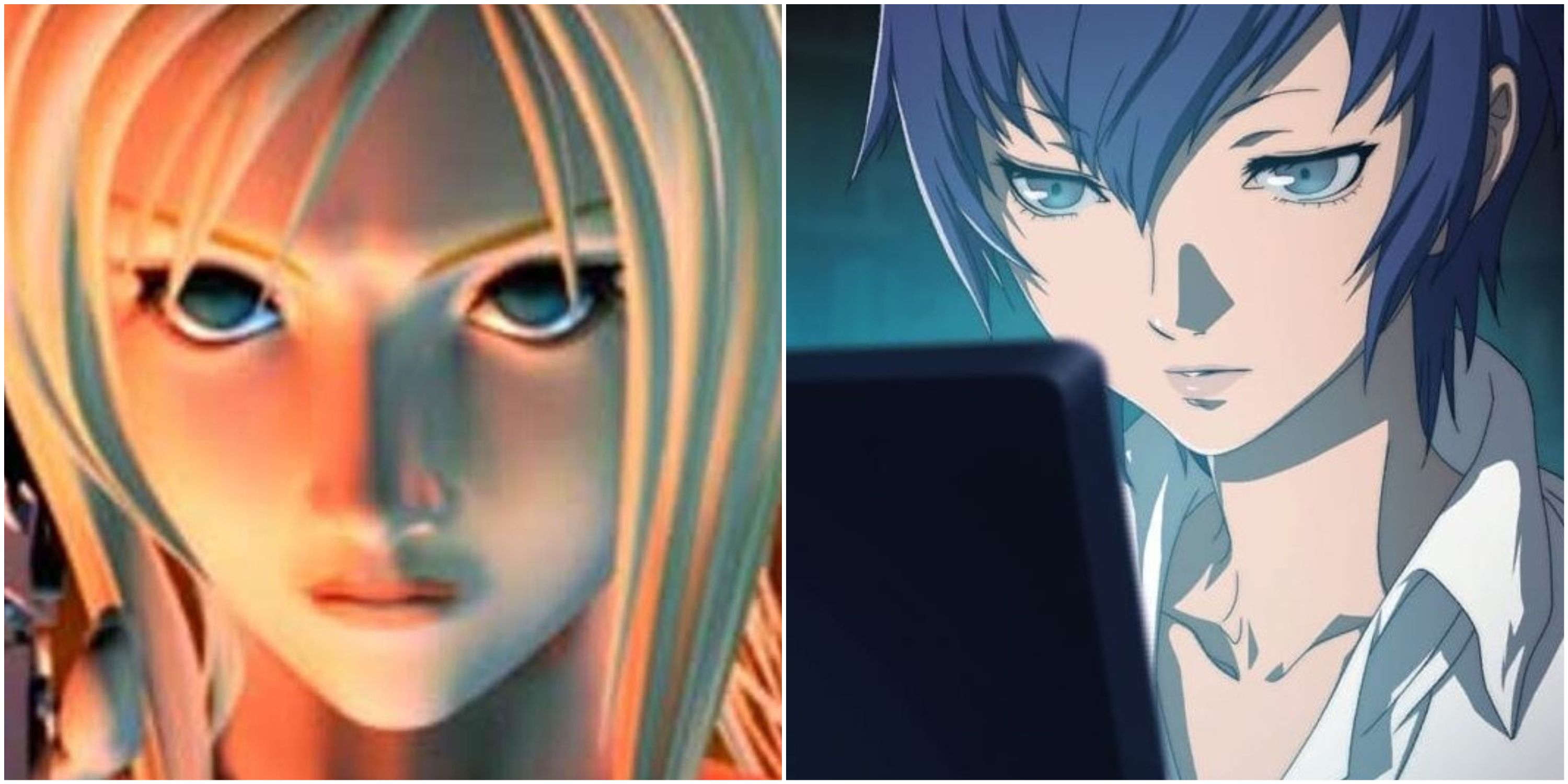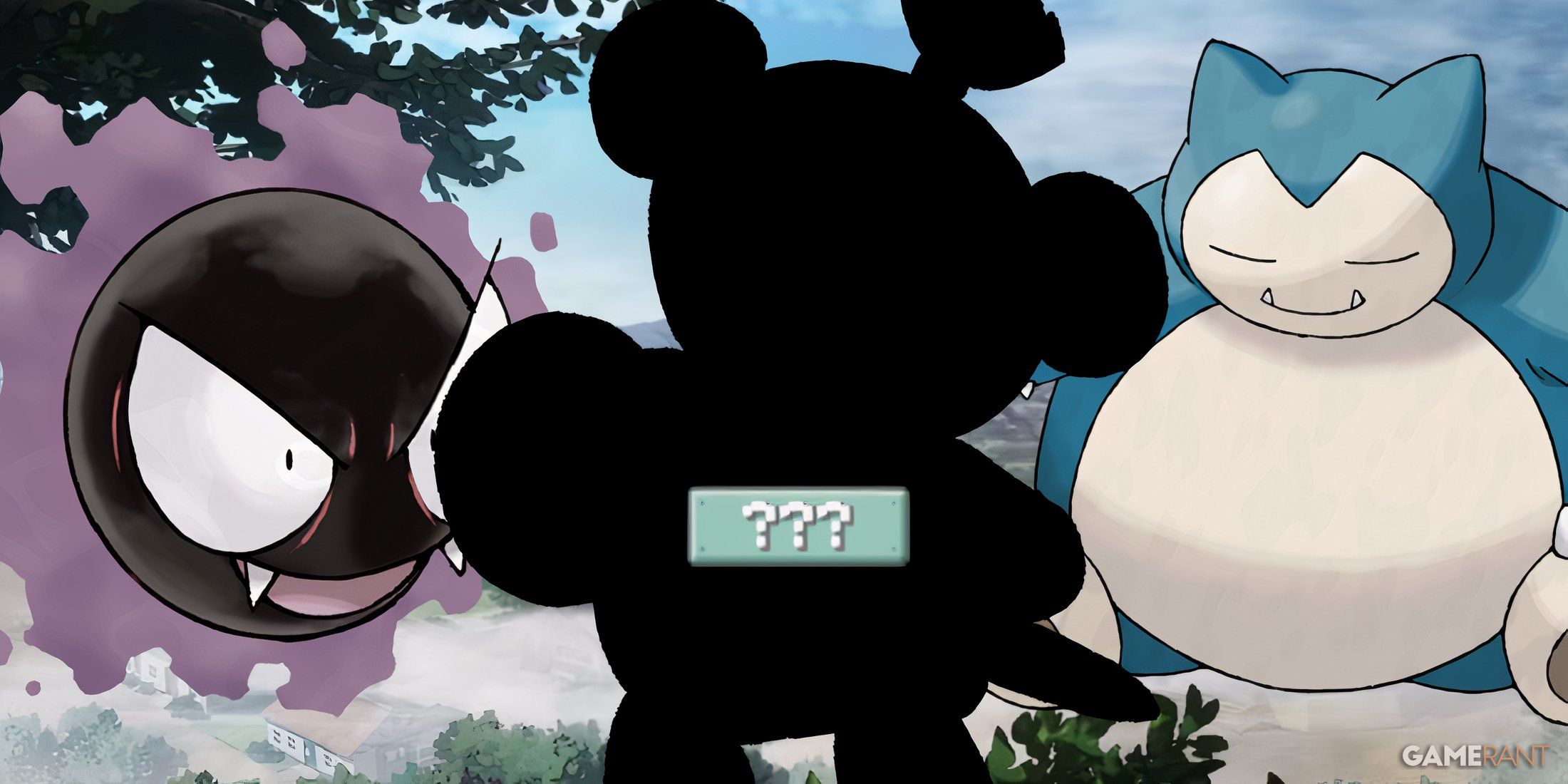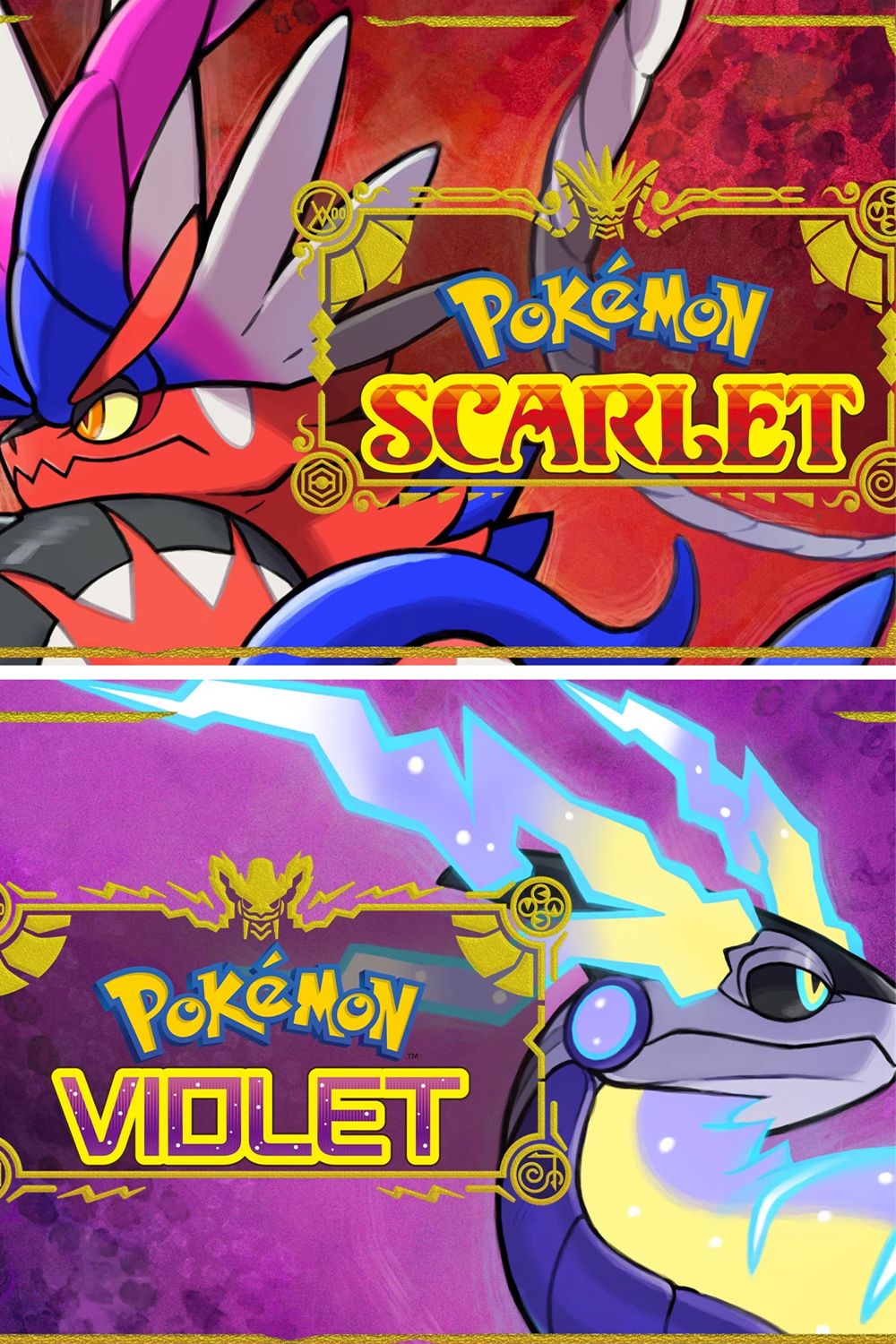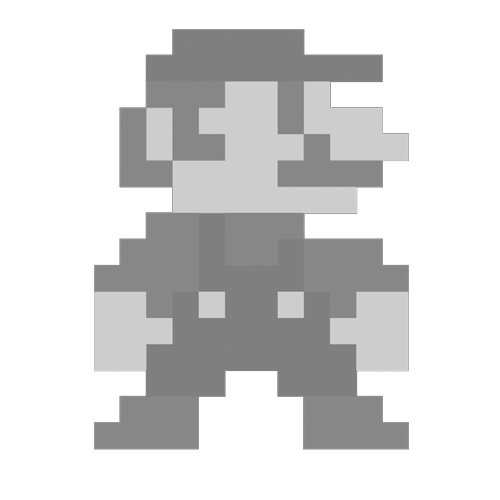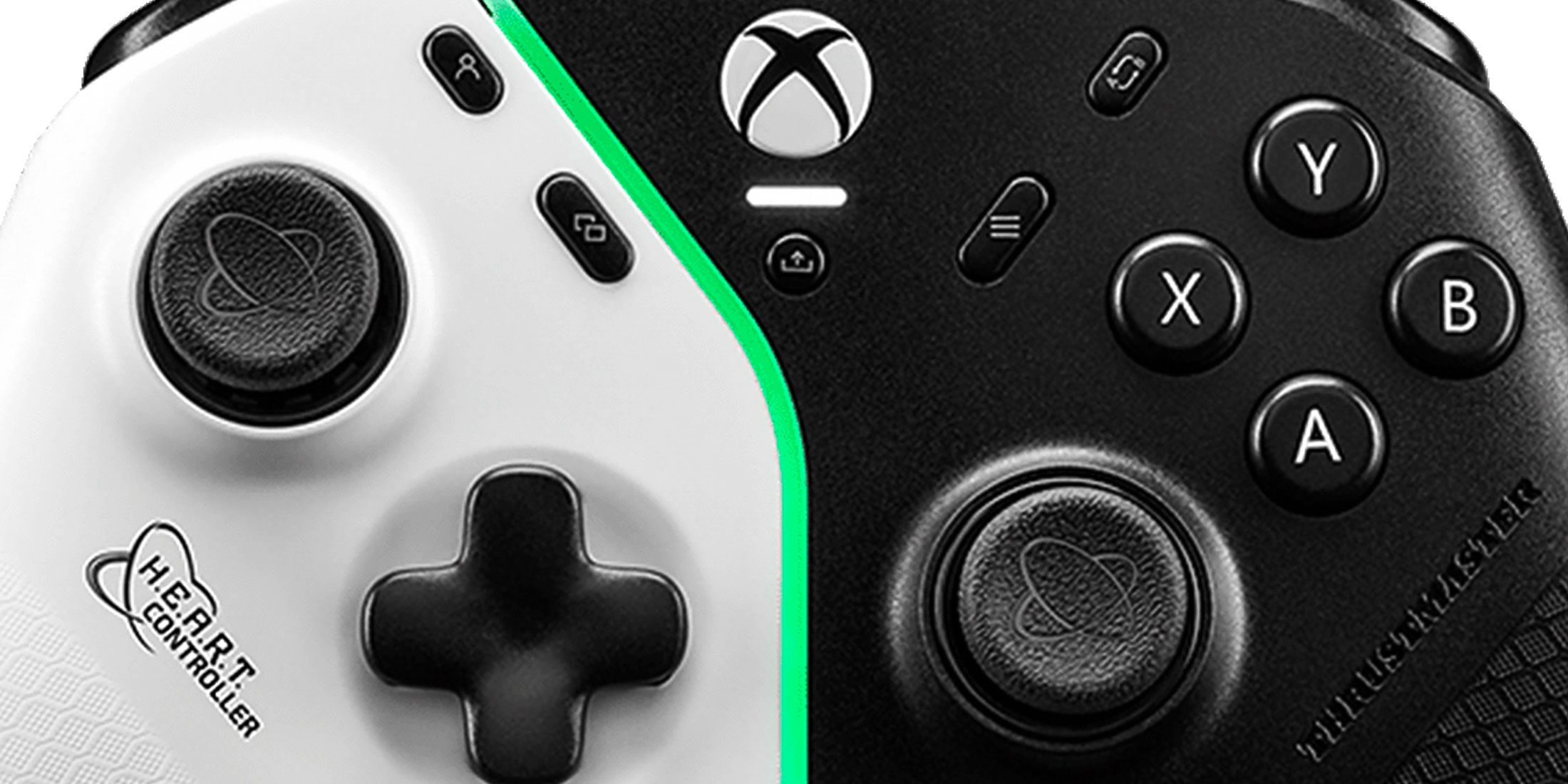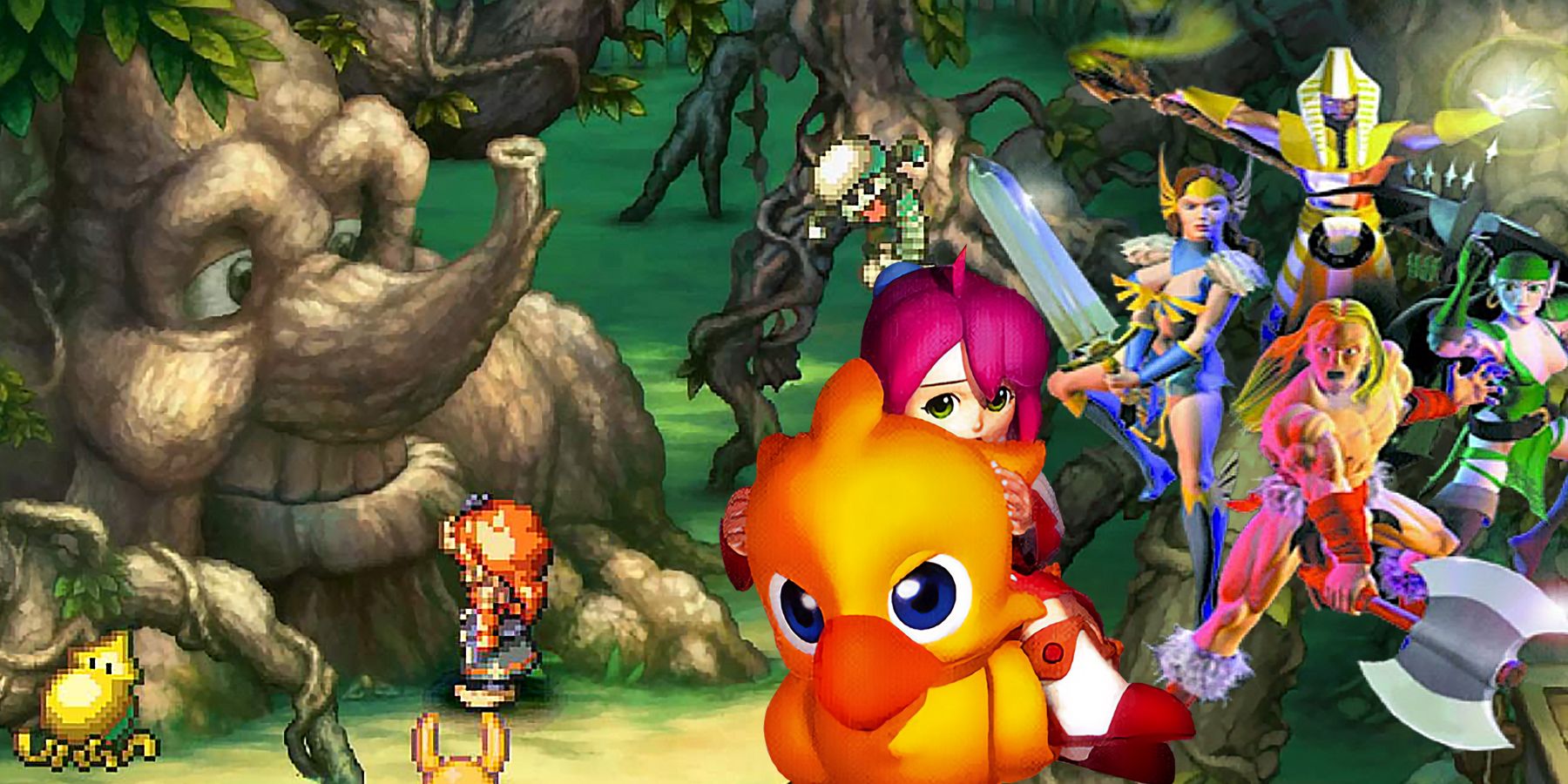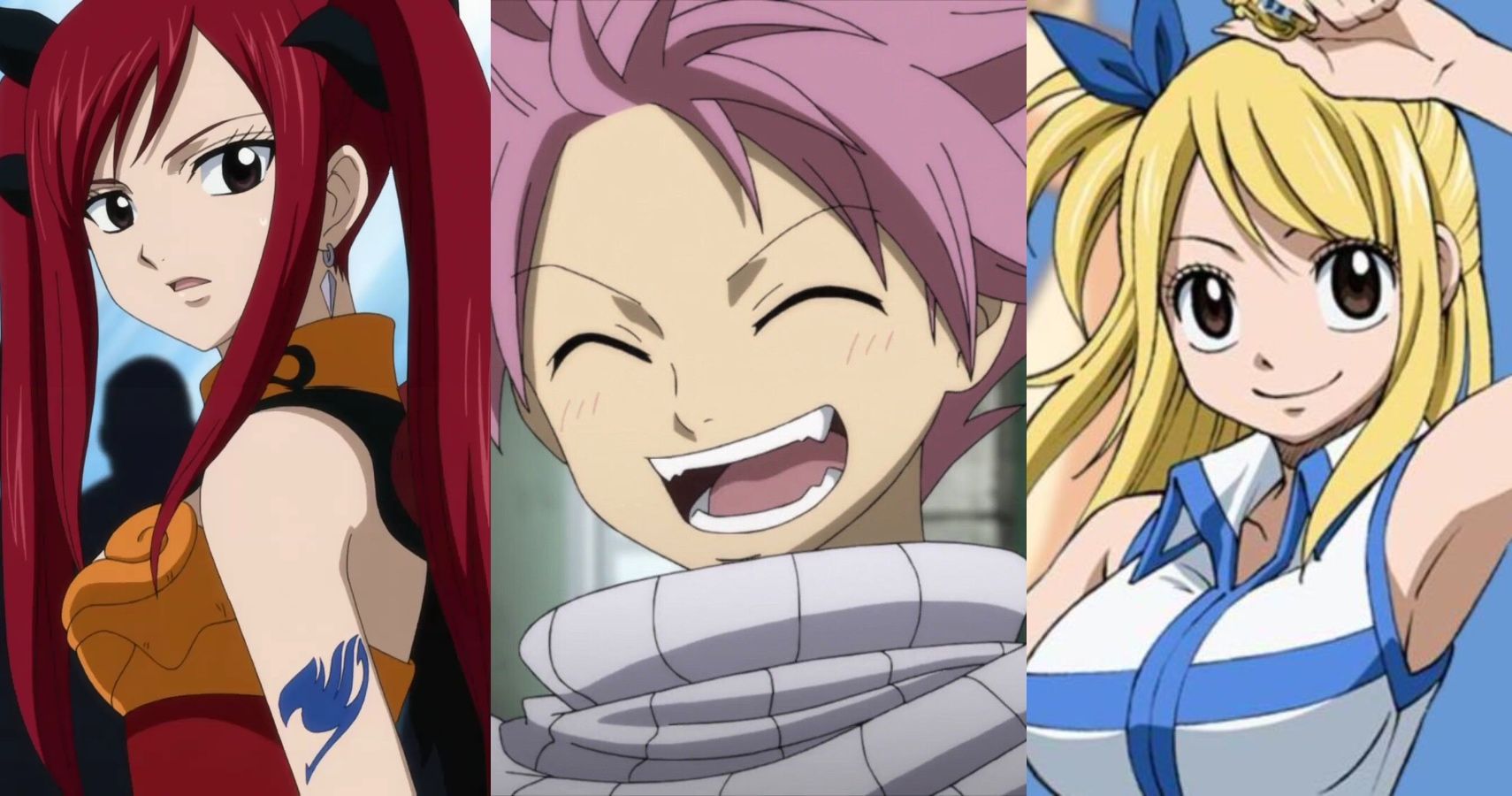The world of Pokemon has grown vast after the introduction of nine generations filled with a myriad of species, moves, and mechanics that have all contributed to its enduring charm. Of all the Pokemon moves, however, only one of them has ever held the classification of the ???-type and a unique mechanic unlike any other. While it might have since become Ghost-type, the move known as Curse still stands as an example of an enigmatic part of the franchise’s history with connections to the hidden lore of a cut Pokemon.
Introduced in Generation 2, Curse is a move that initially set itself apart through its distinct typing and dual effect which depends on its user. Existing in a strange limbo between an attacking, status, and stat-boosting move, the origins of Curse and its bizarre effects can be traced back to the existence of a beta Gold and Silver Pokemon known as Norowara, who was likely removed for being too dark and mature for the franchise.
Related
One Leaked Pokemon Legends: Z-A Starter is the Clear Odd One Out
A recent leak seems to point to the identities of the starters for Pokemon Legends: Z-A, but one of these rumored starters stands out from the rest.
Curse’s Bizarre Effects Defy Pokemon Standards
The Noroi Dynamic
The only move to be affected by the type of its user, Curse is a damaging move when used by Ghost-type Pokemon. This move halves the user’s HP and then subsequently causes the opponent to lose a quarter of their HP per turn afterward in what seems to be an embodiment of the concept of an eerie ritual sacrifice which then causes a victim to suffer over time. This is accompanied by animation resembling a nail being driven into the opponent, a visual motif that would make even more sense within the context of Norowara’s apparent haunted doll inspiration.
If the user isn’t a Ghost-type, Curse will instead lower the user’s Speed by one stage while raising their Attack and Defense stats by one stage, leading to a popular offensive Normal-type Pokemon strategy. This unique effect could be assumed to represent the lack of ghost abilities, but it’s actually a play on the Japanese name for the move, Noroi. This word can be a synonym meaning both “curse” and “dull” or “slow” in the language, so this version of the move is unrelated to the original concept.
Norowara and Its Ambitious Evolution Method Were Likely Too Dark for Pokemon
A Pokemon Based on a Sacrificial Doll is a Tough Sell to a Younger Audience
Allegedly, Norowara’s design would have consisted of a simple doll impaled with a pin, evoking traditional magic and ritualistic practices associated with curses. There were also apparently gameplay mechanics tied to the concept of sacrifice, with Norowara only able to learn the move Curse if it didn’t progress into its evolution, Kyonpan, a Pokemon inspired by a Jiangshi. This is due to the fact that Curse would have been learned at the max level of 100, leaving Norowara stuck in its base form after rejecting evolution with every level-up.
Not only does this seem to be a highly esoteric concept for what is intended as a game accessible to a young audience, but it also pushes the limits of content in a series that has already suffered from controversy due to aspects such as Kadabra’s magic-inspired design.
Norowara Lives on Through Curse and the Banette Line
It’s not necessarily surprising that Norowara never made it into Pokemon Gold and Silver officially, but its legacy persists in the Curse move and Ghost-type Pokemon that have taken after its morbidity in memorable ways. Shuppet and Banette from Generation 3 draw heavily from the same themes by depicting haunted toys, while Pokemon Scarlet and Violet‘s Greavard features a surprisingly dark backstory regarding its status as the spirit of a diseased and neglected dog Pokemon. Curse represents a darker side of the franchise to this day, and yet it remains a possibility that an idea like Norowara could resurface.
